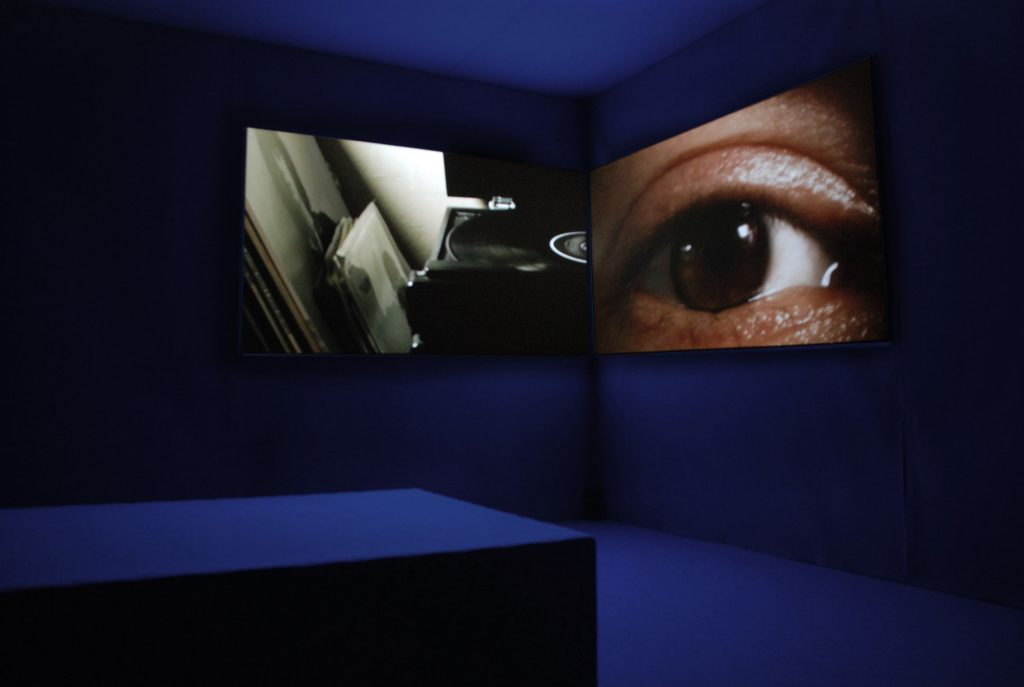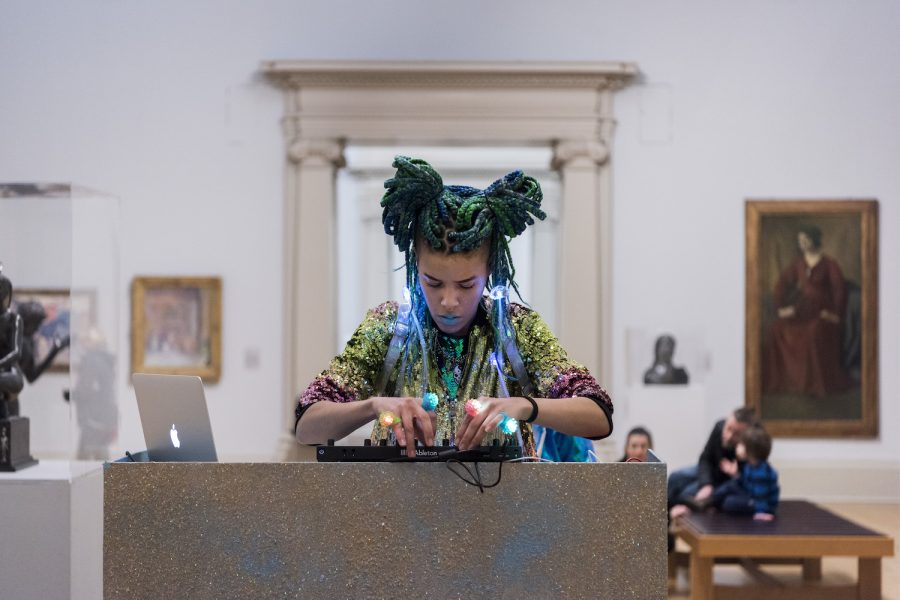Jessica Ashman, Henry Bradley, Liam Crichton, Freya Dooley, Jamie George, Keira Greene, Jasleen Kaur, Nicole Morris, Milly Peck, Rhea Storr, Mariam Syed, Tom Varley
Jerwood Charitable Foundation has awarded 12 Artist Bursaries of £1000 each. They provide direct financial support to the selected artists in order to encourage experimentation and, crucially, to provide artists with the opportunity to self-define and determine their own development needs.
These approaches include: developing a specific piece of work; undertaking research; providing studio time to focus on a particular project and to develop technical aspects of their practice or working methods. The bursaries are an opportunity for artists to apply for support outside of Jerwood Visual Art’s larger-scale awards and without the expectation of a product outcome or public engagement.
Overview of Projects
Jessica Ashman uses animation to create narratives that dissect ideas around belonging and identity. She will develop a new moving image work exploring the idea that there is a relationship between the life successes of Black people and their proximity to whiteness, whether physical, psychological or aesthetic. The artist will draw on the stories present in her own Black British Jamaican and white working class family heritage, and other stories of immigration and migration among the Black British diaspora.
Henry Bradley works at the intersection of theatre, documentary, narrative cinema and performance. He will undertake an intensive period of research and development, culminating in two days of exploration with three actors in a London rehearsal space. Through this, he aims to develop his directing skills and progress his approach to improvisation, exploring new approaches to video outside of the financial pressures of conventional project timelines.
Liam Crichton creates large-scale sculptures and installations that investigate our built environment. He will turn an ongoing anti-monument audio work into a photo journal that contains a sleeve for a pressed vinyl of the sound work. The artist will connect with theorists and academics in anthropology, music, fine art and architecture for short essay contributions and will subsequently print, bind and emboss the publication himself, learning new skills and techniques associated with print production.
Freya Dooley works with writing, moving image, sound and performance. She will develop work using the live and recorded voice, to present writing to an audience which expands from reading off the page. Alongside this, the artist will compose a new body of writing which merges fiction, research and semi-autobiography through subjective, decentralised narratives.
Jamie George is concerned with how virtual spaces impact our understanding of physical forms in the real world. He adapts existing objects, casting them in concrete using improvised single-use moulds. Working with audio visual cooperative Black Shuck, he will devise a way of capturing and manipulating these objects using 3D scanning.
Keira Greene’s research manifests in dynamic moving-image works. She will undergo a research project which centres around Dobs Linn in Moffat, Scotland. The location is a boundary site where a signal of mass extinction took place some 500 million years ago, offering a potential analogy for a future geological record of the Anthropocene.
Jasleen Kaur’s work is an ongoing exploration of the malleability of culture and layering of social histories within the material and immaterial things that surround us. She will undertake Indian classical vocal training from Uday Bhawalkar in Pune, India. Vocal developments will inform, and be utilised in her wider artistic practice.
Nicole Morris works across sculpture, performance and moving-image, exploring ideas around embodied perception and how tactility can be translated through a screen. She will use this opportunity to develop her skills in mould making and 16mm film.
Milly Peck mines the area between flat image and three-dimensional object, applying a cartoonish register of drawing to both two-dimensional and lumpen materials. She will expand her practice to include auditory elements and will be researching foley sound production in relation to her interests in imitation, artifice and the cartoon.
Rhea Storr uses digital and 16mm processes to articulate aspects of Black identity. Her recent practice has centred around Junkanoo, a carnival of the Bahamas. She is interested in the cultural specificities of the carnival and subverting the idea that carnival costumes are universal. She will interview members of The Saxons, a 1200 strong carnival group that participates in and often dominates Junakanoo. The research will be undertaken immediately before this year’s carnival and will contribute to a new moving image work.
Mariam Syed is a woven textile designer and produces silk scarves in her studio which are then woven in a traditional English mill. She will undertake a two-week course in Hala, during which she will learn the traditional weaving techniques of the master artisans of rural Sindh, Pakistan. Her intention is to employ these traditional techniques in a contemporary context, bringing together her Pakistani heritage and life as a weaver in Scotland.
Tom Varley works with film, video, text and installation to investigate themes of prediction, prophecy and projection. He will use the bursary to cover the production costs of a new film, which has developed out of his research into projection. It builds on his recent exploration of the tropes and conventions of continuity editing in narrative film.
The selection was made by: Katie Schwab, artist; Sarah Williams, Head of Programme, Jerwood Visual Arts and Oliver Fuke, Gallery Manager, Jerwood Visual Arts. Each selected artist will receive support from the Jerwood Visual Arts team and be part of a peer-network, attending a number of facilitated sessions as a group over the coming year.

